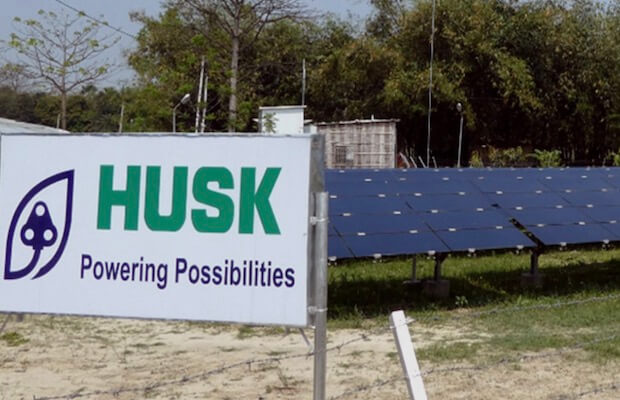
Husk Power Systems on Feb. 17 said it had closed $4.2 million in debt financing from the India Renewable Energy Development Agency (IREDA) to build as many as 140 microgrids in Uttar Pradesh and Bihar, areas where Husk has operated smaller power generation projects since 2008.
Husk officials said that in addition to the IREDA loan, the company expects to raise an another $18 million in debt this year to support project deployment, and also is starting fundraising for a Series D equity round. Husk in its announcement said the company, which has primarily served communities in India and Africa, expects to have about 1,300 small power projects in operation by 2025 across multiple markets.
“The IREDA financing demonstrates the Government of India’s vision in making microgrids an integral part of its net-zero goal put forward at COP26,” said Manoj Sinha, Husk’s CEO and co-founder. “This is a huge validation of Husk Power’s leadership in being the first company to achieve commercial scale. The IREDA funding will give Husk a much-needed boost to achieve our target of expanding our microgrid fleet 10 times by 2025.”
The new India debt is part of a line of credit provided by German development bank KfW to IREDA, and is provided to assist developers in scaling off-grid energy projects. The IREDA loan to Husk represents the biggest debt financing for rural microgrids in India to date.
IREDA is a state-owned non-banking financial institution, which operates under the administrative control of India’s Ministry of New and Renewable Energy. The agency promotes, develops, and extends financial assistance to renewable energy projects.
Naveen Garg, Husk’s CFO, said, “We’re extremely grateful to IREDA, KfW and technical consultants PwC for the close collaboration that made this financing possible.”
Husk, which along with its headquarters in Colorado and India also maintains offices in Nigeria and Tanzania, recently signed an Energy Compact with the United Nations, with the company committing to build 5,000 microgrids with 1 million connections by 2030 in India, Nigeria, and other countries in South Asia and Sub-Saharan Africa.